Famed intellectual saw the redwoods as “survivors”
“Hill and Valley and little retreats and finally to a place where it is always afternoon, with shadows and silence, and the great trees.”
So begins an account by famed activist and intellectual W.E.B. Du Bois of a visit to the California redwoods in his July 7, 1945 “Winds of Time” column for the Chicago Defender (perhaps the most prominent African American newspaper of the 20th century).
He goes on to detail driving south to the forests of Santa Cruz, including a poetic description of the trees:
“The redwoods are almost monstrous; grave, eternal wooden stone with tremendous grip on earth, gnarled thick bark in whorls. Straight and tall, varied with unexpected branches and undergrowth. A sense of roots in the sky and growing expansion downward. They are strange, uncanny and unreal….”
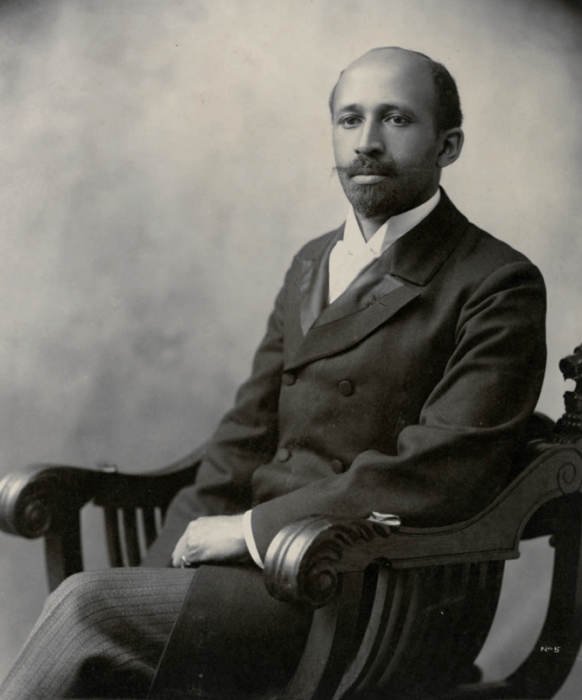
Du Bois describes redwoods as “survivors,” writing that “They stand alone in groups but never in groves. They are survivors of a dead world; of black slavery, the gold rush; of timber rape, Asiatic exploitation and hate. They survive perhaps because they believe in life, in strength, in will.”
He says that the trees, such as the one named for Grant, have been misnamed: “We think back to the miracle that we have seen. We know that the trees are surely misnamed. They should be called Toussaint, Buddha, and Confucius [sic]; life’s greatest survivors.”
In her recent work on African American environmental thought, Kimberly K. Smith discusses Du Bois’ environmental writings. In his writings on racial justice, Du Bois often included romantic descriptions of landscapes, and Smith suggests that “Du Bois’ appreciation for the beauty of the American landscape equaled that of John Muir and Aldo Leopold.” Unlike Muir and Leopold, Du Bois’ understanding of natural beauty was framed by his understanding of racial oppression and justice. For example, he follows one description of the Adirondacks with the question, “Why do not those who are carried in the world’s battles and hurt by its hardness travel to these places of beauty and drown themselves in the utter joy of life?” and then discusses racial injustice as a potential factor.
Smith also writes that Du Bois and other black theorists had different conceptions of wilderness; that they conceptualized the American landscape “not as pristine and innocent wilderness but as a corrupted land in need of redemption. Humans, in turn, are to be active, creative, co-equal partners in giving meaning to and redeeming the natural world.”
Smith suggests that for Du Bois, nature was not merely a material resource to be exploited, but more an integral part of our aesthetic and spiritual life. Interaction with nature should not be a blind mastery but a creative response, attentive equally to the aesthetic, spiritual, moral, and economic dimensions of the world we inhabit.
The League thanks Amy O’Hearn and Kim Killion for researching this piece.

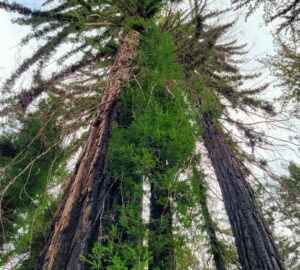
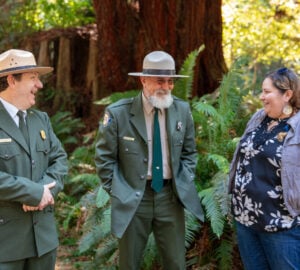
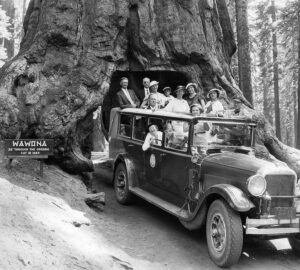
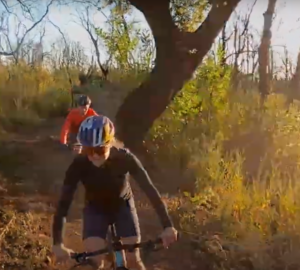
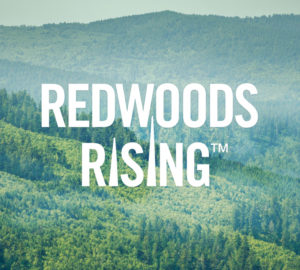

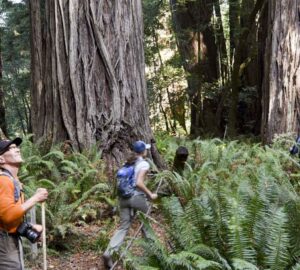
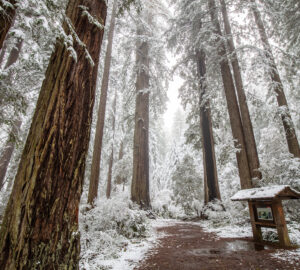
2 Responses to “W.E.B. Du Bois visits the redwoods”
Jennifer Rycenga
Illuminating an important dimension of W.E.B. DuBois’s work. He remains one of the great prophets of American history.
Audrey Calvo
Thank you for this interesting and illuminating article.